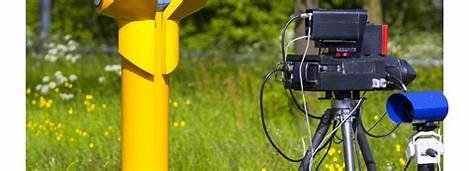
Big brother is everywhere! Another cautionary tale about how travel will be sped up at checkpoints. ICE-immigration-customs-license-plate-recognition-contract-vigilant-solutions.
I recently made a road trip out to San Diego, California with twenty plus labrador retrievers. It was straight through trip with minimum stops. During the ride, we hit maybe four Border Patrol checkpoints. I noted that about two to three miles out there was a stand containing lights and multiple cameras.
Border Patrol checkpoints are particularly intrusive. The agent, standing point, asks “country of origin?” Everybody in the vehicle proclaims USA (assuming that’s the case) and waves you through with a “have a nice trip.”
You can prolong the interaction by pointing out you object to this illegal restraint on your liberties, or blowing pot smoke in his face as you say the USA. Either method will work. Something is lost enjoying the brilliance of the stars, as can only be seen in West Texas. It isn’t the same with a Border Patrol agent’s finger up your ass to the accompanying whine of air tools as they dismantle your car.
With the new technology what used to be four checkpoints is no longer true. Here is what I think is happening.
- The camera captures your license number and vehicle before you ever enter the checkpoint. The license number is run through the system, state MVD, NCIC/TCIC, Federal, and State stolen, missing, wanted person database, Port of Entry, other Border Patrol Checkpoints, Nuclear alerts, DEA, and ATF.
- By the time you reach the checkpoint and are directed to a lane, the agent already has all the computer returns based on the license plate. Now he can put faces to the information on the computer; does it fit? Where you headed, country of origin? The USA and you are on your way.
- Assuming you tell the agent, “We’re going to San Diego, gonna pull an all-nighter. With this information, the agent knows the route you are going to take, how long it is going to take and to look for you in X amount of time.
- The next time you trip the cameras at the next checkpoint, that agent knows everything the first one did, plus your average speed to make this lap, elapsed time will give him an idea whether you stopped or not. Each stop gives the agents more data points.
- Smuggling activity takes time. Using this system will give agents a heads up as to who could be smuggling versus those that made no stops It may only take 3 seconds to unload twenty-five wetbacks at 70 MPH, but chances are wear and tear on the cargo and transport may be cause for comment.